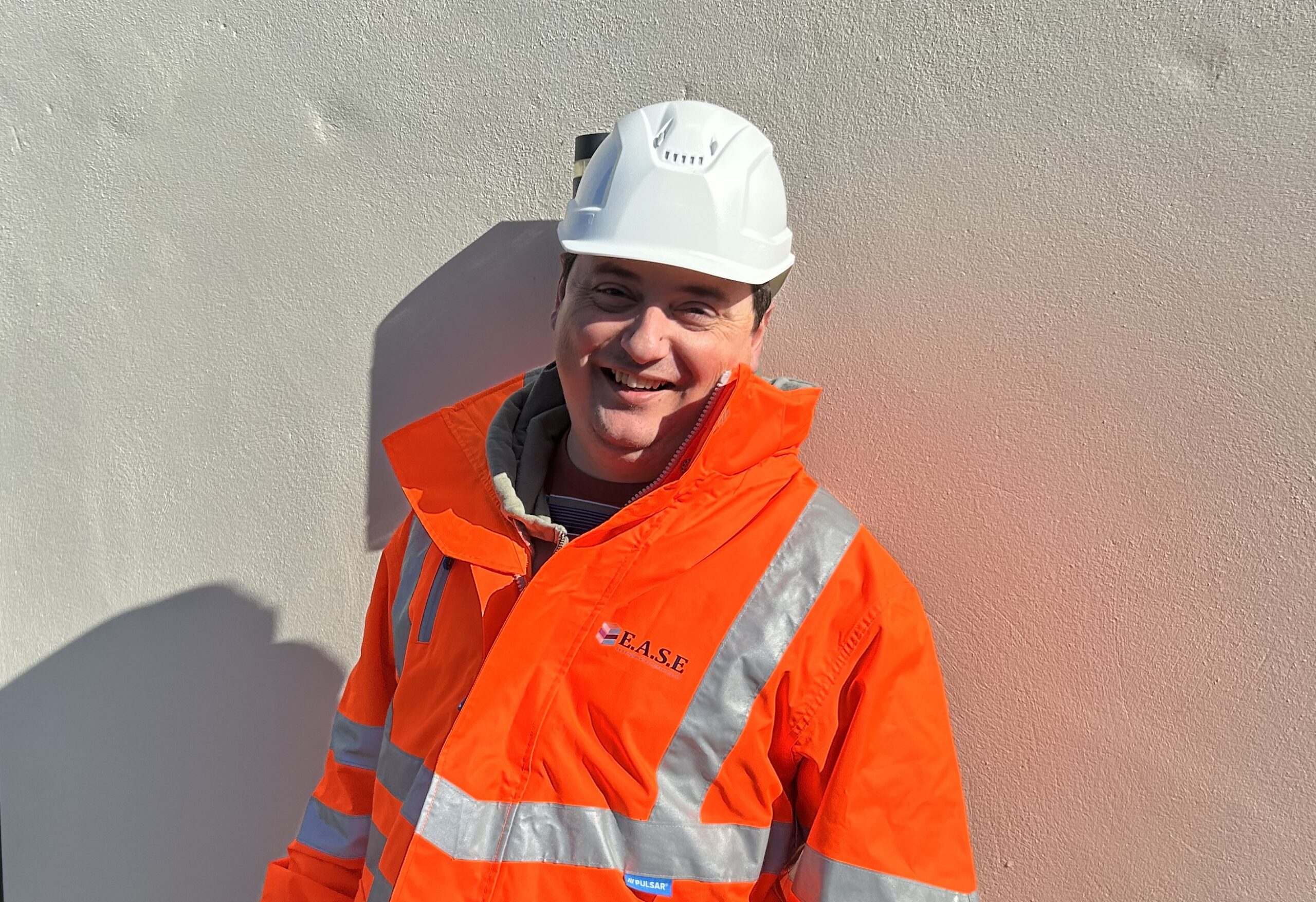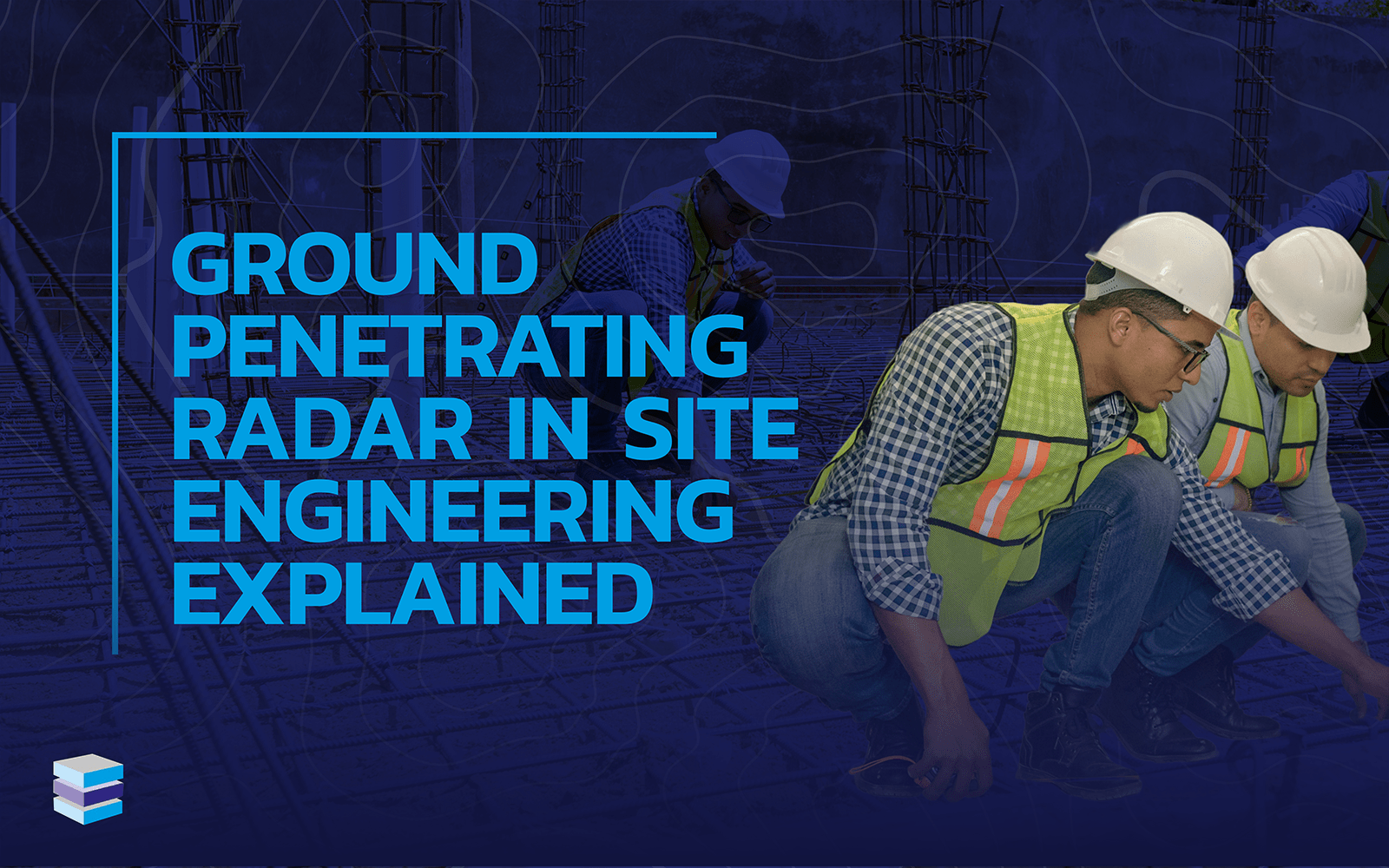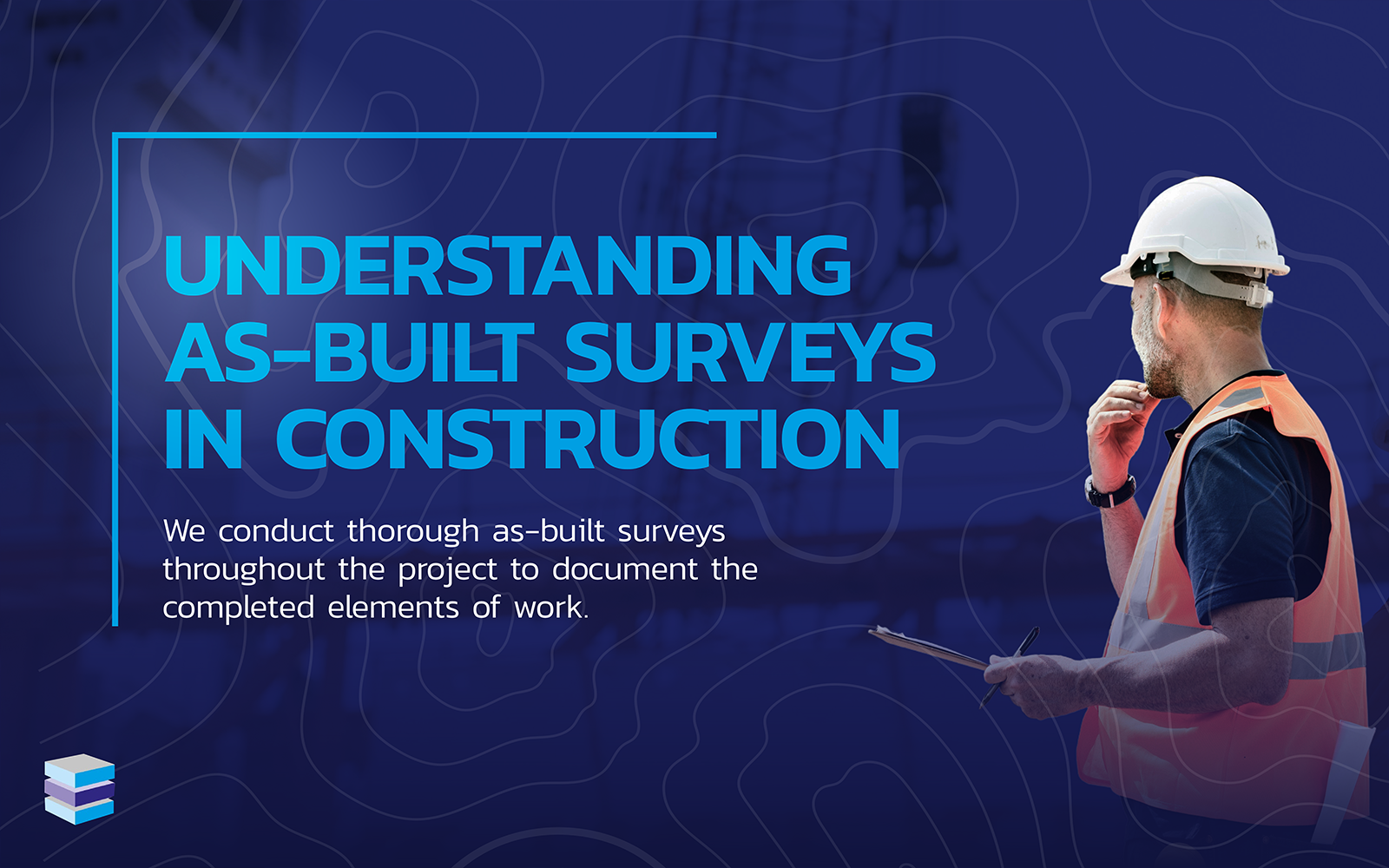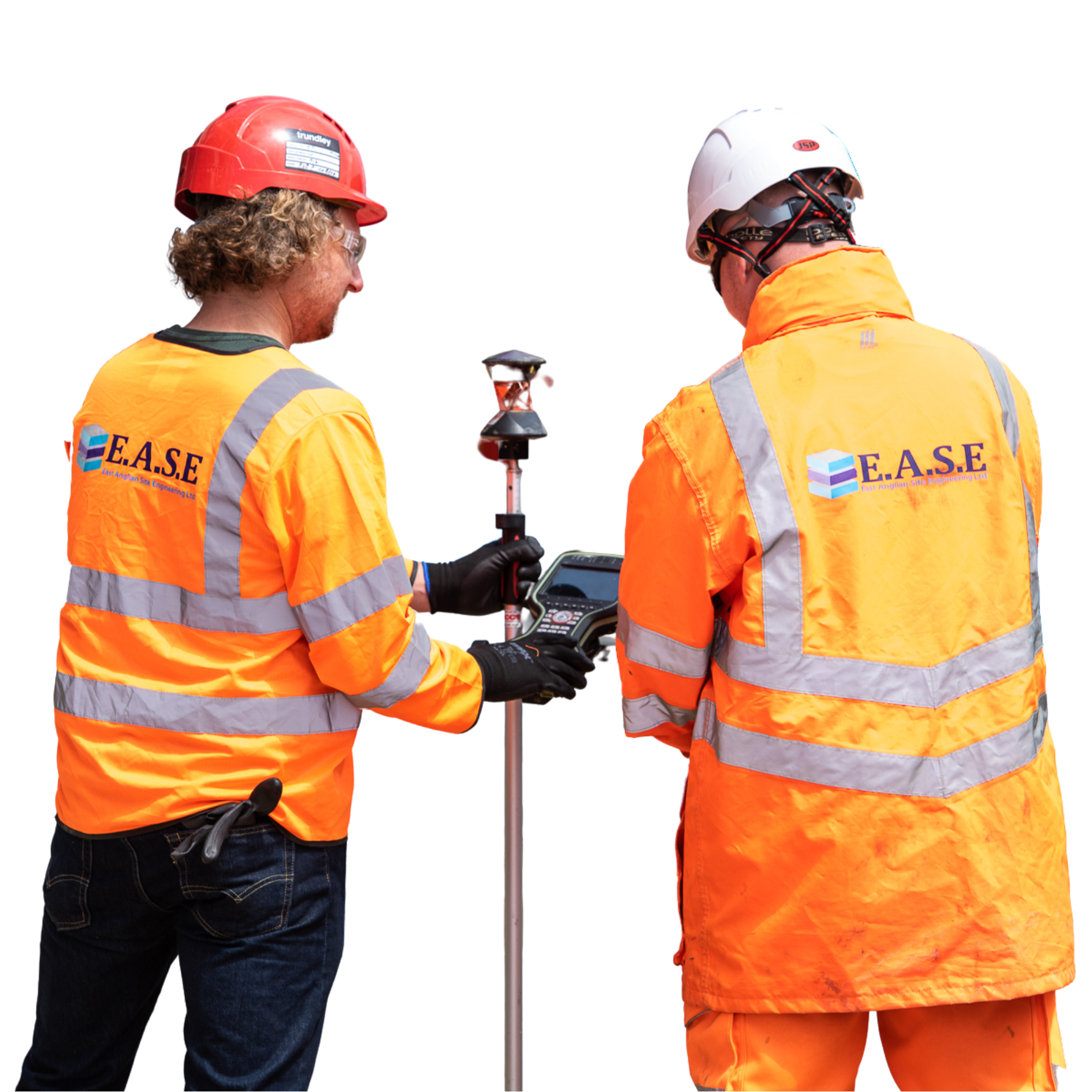Our collective responsibility for the environment is more important than ever, especially in industries like construction. This is where environmental monitoring comes in.
Environmental and structural monitoring services are crucial elements of construction for a number of reasons. Maintaining safety, promoting sustainable practices and adhering to legal requirements are just a few of the reasons why these services are a critical step in any building project. In this post, we’ll discuss what environmental monitoring is, the four main types, and what each service entails.
What is environmental monitoring?
Environmental monitoring is the observation, measurement and analysis of conditions to assess any possible human or natural impact on the environment. Put simply, it’s checking conditions to see how humans or natural events may affect the environment during a construction project.
In construction, environmental and structural monitoring is used to reduce the impact of the on-site work on the surrounding area, such as homes, businesses and nature. Environmental monitoring is necessary to comply with regulations and to minimise any damage to public health or ecosystems.
Types of environmental monitoring
Noise, vibration, soil and air quality monitoring are four important areas of environmental and structural monitoring services and the ones we offer our clients. Let’s discuss what each of them includes:
Air quality monitoring
Construction is an invasive industry, so it’s not surprising that it produces a lot of pollutants, such as dust and particulate matter. Heavy machinery and generators are also responsible for polluting the air with various gases. All of these can play a part in making the air unsafe or even dangerous for workers, people living or working nearby, and plants and wildlife.
Air quality monitoring ensures those levels aren’t exceeded. Here at EASE, we use a piece of specialist equipment called a single-channel node, a wireless device that connects to an outside particulate matter sensor. This sensor uses laser-scattering principles to scan the air and alert users to excessive levels of particulates, dust, and other substances that could pose a danger. We use this to detect issues, allowing us to support any immediate action needed.
Soil monitoring
Construction projects, large and small, can impact the ground and be impacted by it, from creating cracks to suffering damage from tilting. It’s necessary to monitor any impact that could occur and continuously monitor to ensure the safety of workers and the public nearby.
Our team uses a wide range of tools to measure various ground elements in our environmental monitoring services. These include:
- Tiltmeter – measures tilt and slight movement
- Piezometer – measures water pressure underground
- Crackmeter – measures and monitors changes in cracks
- Strain gauge – measures how much a material compresses and stretches
- In-place inclinometers and portable inclinometers – measure the slope or angle of the ground
Each of these measures plays a vital role in safety and structural stability. Even a subtle change in the ground could result in the collapse of a building, so monitoring ground and soil is imperative in the construction industry.
Noise monitoring
It’s no surprise that heavy machinery, generators, power tools and more can create a large amount of noise. Even drilling into concrete alone can reach unsafe decibels. Because of this, noise is recognised as a potential hazard within construction.
Monitoring sound levels is essential to protect the hearing of workers, the public, and wildlife, otherwise, damage could be caused to hearing. Certain areas also have permitted noise levels which cannot be exceeded, making this service crucial to complying with local regulatory requirements. Construction companies must take steps to guarantee their noise levels are within legal limits. A way to ensure this is through noise monitoring services.
At EASE, we use tools such as noise processors to record noise levels of construction sites during monitoring services. These sensors alert us to unsafe noise conditions, allowing for quick and efficient action.
Vibration monitoring
Vibrations can have a powerfully damaging impact. Heavy machinery use, piling, and other loud and invasive activities can cause vibrations that pose damage to structures, disturb sensitive equipment, and disturb or harm workers, the public and wildlife. Intense vibration has the power to pull entire structures down, which is why it is absolutely essential to monitor them closely and continuously.
To prevent serious damage, our expert teams deploy vibration sensors such as vibrometers and accelerometers. A vibrometer measures how fast particles are vibrating, which helps us check for potential impact from not just construction, but natural events that could occur during the project, like earthquakes. An accelerometer measures changes in vibration and movement, which allows us to track how fast something is shaking or moving, so we can ensure safety and stability.
The role of site engineers in environmental monitoring
Environmental monitoring is a vital element within construction, ensuring that air quality, soil integrity, noise levels and vibrations are all kept within safe and legal limits, and it’s our job to get it done.
The role of our team here at EASE is to support construction groups in helping protect the environment, comply with UK regulations, and maintain good relationships with surrounding communities. We use specialist equipment to measure and analyse conditions, enabling workers to complete projects without causing damage or serious disruption.
This work is essential and cannot be overlooked if you want to work safely and legally, so get in touch with us today to organise our expert environmental and structural monitoring services for your large-scale project. You can reach us by calling 01603 211808 or filling out our simple enquiry form, and one of the team will get back to you as soon as they’re able.








